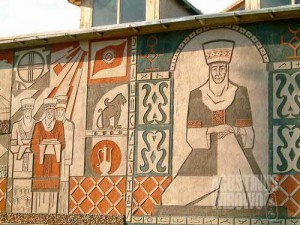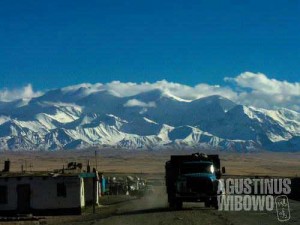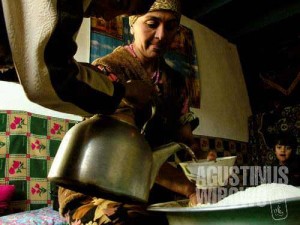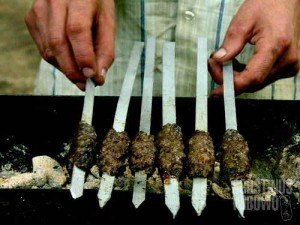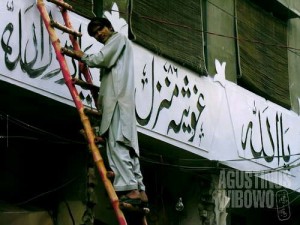Toktogul – The Kyrgyz Language
It still looks so Russia It is the first chance for me to get acquainted with one of the Turkic languages. Kyrgyz, as well as Kazakh, Uzbek, Turkmen, Turkish, and Mongol are Turkic languages. The first five are quite close each other, but Mongol is completely intelligible to other Central Asian Turkic speakers. Some linguists put Korean and Japanese in the Turkic language group, due to similarity of word order and agglutinative verbs. But newer linguistic classification, as what I believe, has thrown away the two Oriental languages out of the group. Before getting confused, please notice the difference between ‘Turkic’ and ‘Turkish’. The Turkic languages family is a group of languages with similarities of grammar and word forms, which includes Turkish and most of Central Asian languages. Books for learning Kyrgyz in English language are quite difficult to find even in Kyrgyzstan, and I was lucky that I met two Peace Corps volunteers who lent me the grammar book. For me, Turkic language experience was very fascinating, full of formulas, and I read 100 pages of grammar rules in 2 nights, and used to wake up full of linguistic formulas in my head. The Turkish languages have similar word [...]

